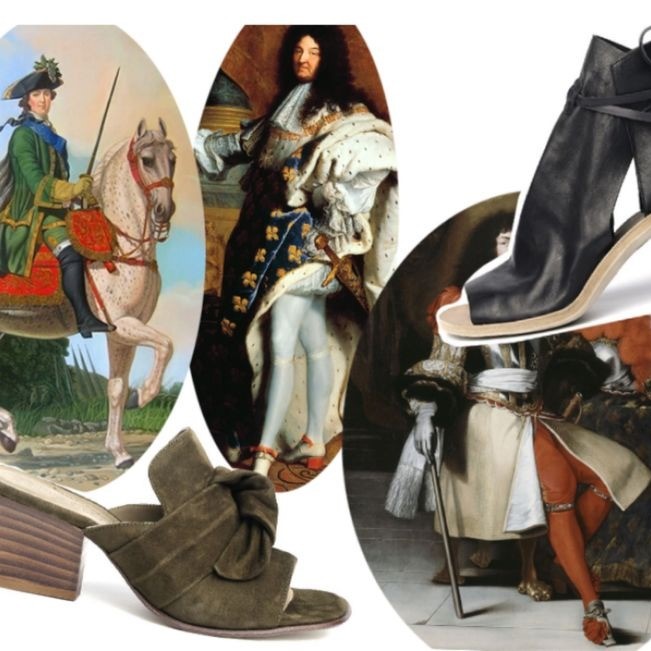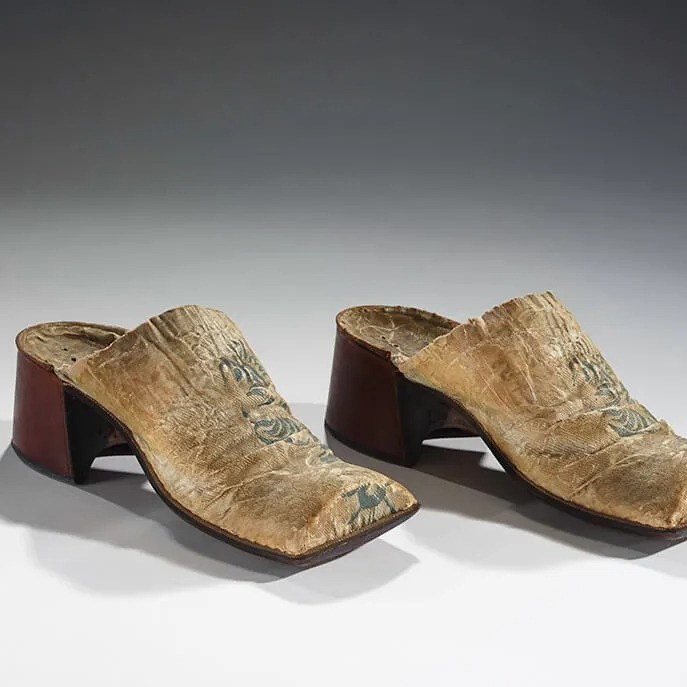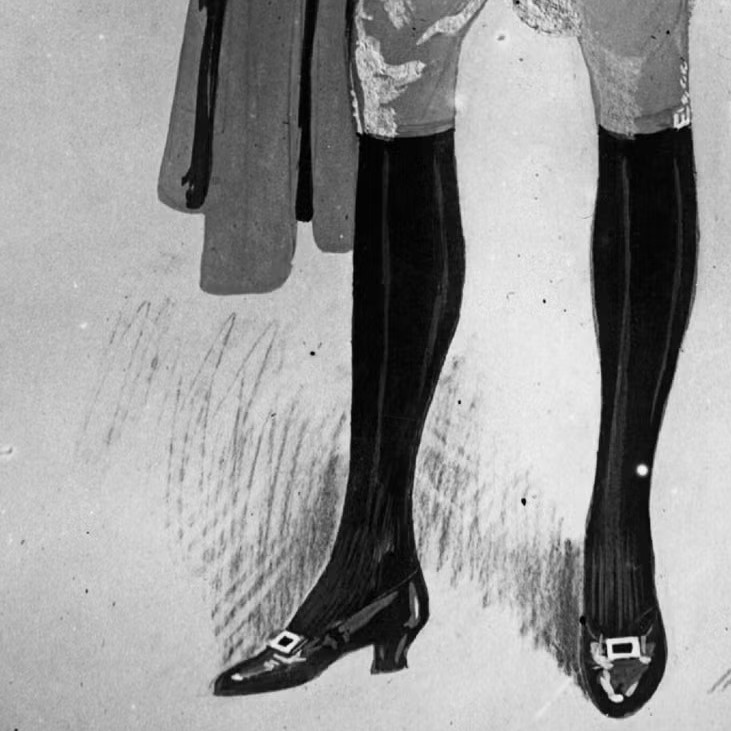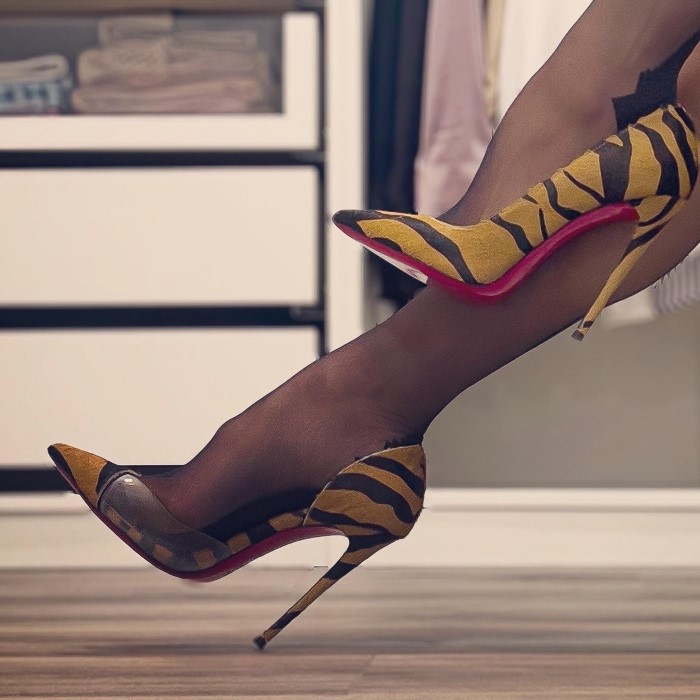Introduction: Who Invented High Heels?
High heels have become a symbol of style, elegance, and sometimes even power. They’re worn by individuals ranging from celebrities to everyday fashion enthusiasts. However, the question remains: who invented high heels? This exploration delves into the origins of this iconic footwear, tracing its evolution from practical beginnings to a staple of contemporary fashion. Understanding this history sheds light on not only the design but also the social and cultural contexts that have shaped how we perceive high heels today.
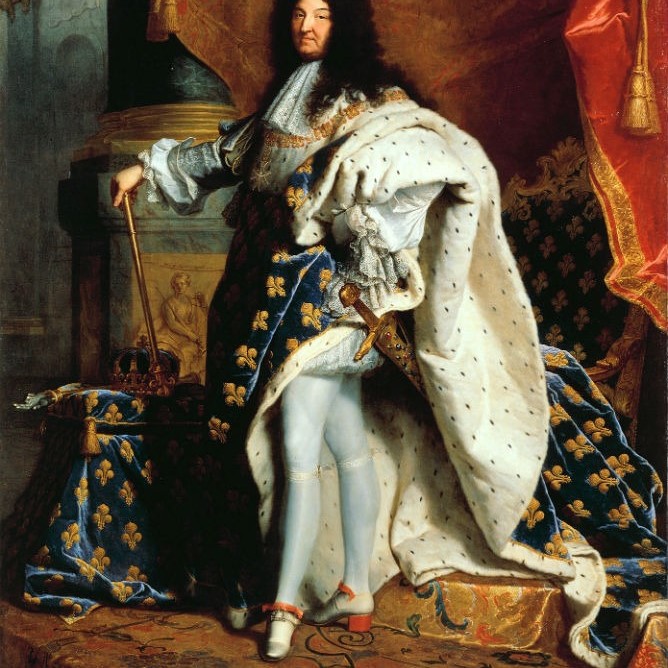
Early History of High Heels
Who invented high heels? High heels have a long and fascinating history. Their origins date back thousands of years. Early uses were different from modern purposes. They were both functional and symbolic in nature.
Ancient Use and Purpose
The earliest high heels appeared in ancient civilizations. They served practical purposes in daily life. Egyptian butchers, for example, wore them to stay above animal remains. High heels also symbolized social class and power. Wealthy Egyptian men and women donned them during ceremonies. Persian soldiers wore heeled boots for horseback riding. The heels helped them grip their stirrups effectively.
High Heels in Ancient Cultures
High heels held cultural and social significance in several ancient societies. In Persia, heels represented military strength and authority. Illustrations from the 9th century show Persian soldiers wearing heels for stability. In the Roman Empire, heels were worn by sex workers to signify their trade. Ancient Greek theater used platform shoes to elevate actors, adding prominence to their characters. These early uses highlight the diverse roles high heels played in ancient cultures.
High Heels in European Fashion
High heels began influencing European fashion centuries ago. They transitioned from functional items to stylish accessories. Their significance in status and fashion evolved, especially during impactful historical periods.
The Rise of Heels During the Renaissance
The Renaissance marked a turning point for high heels. Around the 15th century, they became fashionable in Europe. Initially, they were practical items for both men and women. Wooden platform shoes, known as chopines, gained popularity in the region. Nobles wore them to avoid dirty streets. Over time, heels became symbols of wealth and status.
During this time, high heels also found their way into royal courts. European aristocrats adopted them as symbols of sophistication. The development of tailored heels added elegance to footwear. Renaissance art frequently showcased figures in elevated shoes. This highlighted their cultural importance among elite circles.
Louis XIV and the Popularization of High Heels
Louis XIV of France played a major role in popularizing high heels. In the 17th century, heels became synonymous with royal prestige. Louis XIV often wore red-heeled shoes, which became a trademark of his reign. Red heels signified power and exclusivity. He restricted their use to the noble class.
Artists and writers often depicted Louis XIV in his distinctive heels. This glorified high heels as royal accessories. His influence expanded their appeal across Europe. Commoners began emulating aristocratic styles, further spreading their popularity.
Courtly traditions during Louis XIV’s time cemented high heels as fashionable items. They became symbols of authority and refinement. By the end of his reign, high heels had a strong foothold in European fashion trends.
Evolution of High Heels through Centuries
High heels have experienced dramatic changes over the centuries. Their design, purpose, and cultural association evolved continuously. From functional items to symbols of status, high heels grew into icons of fashion and identity.
18th Century: Shift Towards Feminine Wear
In the 18th century, high heels became primarily associated with women. During this period, men largely abandoned heels. Women embraced them as statements of elegance and femininity.
Heels evolved into more intricate and delicate designs. They were often covered in luxurious materials like silk and satin. Ornamentation, including embroidery and jewels, adorned many pairs. These details symbolized refinement and wealth.
The French court heavily influenced this trend. Marie Antoinette favored elegant footwear, promoting heels among aristocratic women. As heels became more feminine, their cultural significance shifted. They transformed from utility-driven items to fashionable footwear.
19th Century: Industrialization and Mass Production
The 19th century saw significant advancements in shoe manufacturing. Industrialization made high heels widely available. Mass production reduced costs, allowing broader access to stylish shoes.
Cobblers began crafting heels with improved techniques and materials. Designs became diversified, catering to evolving fashion trends. Lower heels and rounded styles gained popularity for practicality.
Victorian fashion introduced boots with moderate heels. These shoes balanced style and functionality. High heels started appearing in fashion magazines, further cementing their role in everyday wear.
By the end of the century, heels became more standardized. They continued to symbolize elegance but catered to modern lifestyles. Industrialization ensured high heels were no longer reserved for the elite.
Cultural Significance of High Heels
Who invented high heels? High heels have evolved beyond mere fashion items, embodying deep cultural and symbolic meanings.
Symbolism in Art and Literature
High heels frequently appear in art and literature as symbols of elegance and power. Painters from the Renaissance often portrayed aristocrats wearing heels, showcasing them as indicators of status. In literature, heels have been used to signify femininity, desire, and authority. For instance, classic novels often depict women wearing heels during pivotal moments. These representations highlight heels as cultural icons that reflect societal values and aesthetics.
Artistic movements across centuries have embraced high heels to signify modernity and sophistication. Fashion sketches, sculpture, and photography have immortalized the imagery of heels, making them timeless symbols of beauty. They also serve as metaphors for ambition and control, emphasizing their layered significance.
High Heels as a Status Symbol
High heels have long represented social hierarchy and wealth. Historically, these shoes were exclusive to royalty and aristocrats. Their design and ornamentation often denoted the wearer’s standing within elite circles.
During Louis XIV’s reign, red-heeled shoes became synonymous with nobility. This tradition reinforced the idea that high heels symbolize exclusivity. As time passed, heels transitioned to broader societal contexts, becoming markers of style and personal identity. Today, designer high heels often indicate success and refinement, keeping their status-symbol legacy alive.
In modern times, high heels remain a powerful style statement, mirroring aspirations and individuality. Their role extends beyond appearance, carrying deep meanings related to confidence and empowerment.
Modern High Heels and Their Designers
Who invented high heels? High heels continue to dazzle the world with innovation and artistic design. Modern-day designers have elevated heels into a blend of fashion and functionality. These shoes not only reflect trends but also showcase bold creativity. Let’s explore the role of iconic designers and the place of high heels in today’s fashion landscape.
Iconic Designers Shaping High Heel Trends
Several big names have revolutionized the world of high heels. Designers such as Christian Louboutin, Jimmy Choo, and Manolo Blahnik are among the most celebrated figures.
- Christian Louboutin: Known for his signature red soles, Louboutin adds unmistakable flair to high heels. His works feature stunning craftsmanship and cutting-edge style that merges luxury with elegance.
- Jimmy Choo: A household name in women’s footwear, Jimmy Choo offers heels that exude sophistication. With ornate embellishments and sleek silhouettes, his designs cater to high-end fashion lovers worldwide.
- Manolo Blahnik: Blahnik’s designs focus on unique shapes and vibrant colors. His timeless creations have been embraced by royals, celebrities, and fashion-conscious individuals.
These designers push boundaries by redefining aesthetics and functionality. Their creations are as much works of art as they are footwear.
High Heels in Contemporary Fashion
In today’s fashion world, high heels symbolize style, confidence, and individuality. They evolve with shifting trends while retaining their classic appeal.
- Versatile Styles: Modern high heels come in various forms like stilettos, block heels, wedges, and platforms. This variety accommodates different tastes and occasions.
- Inspiration from Streetwear: Contemporary designs often merge with casual elements. Chunky heels paired with jeans or athleisure outfits symbolize this hybrid style movement.
- Runway Staples: High-end designers continue to reserve prominent places for high heels in their collections. Heels dominate fashion shows, reinforcing their iconic status.
- Empowering Statement: Many women consider heels a powerful accessory. They add height, elegance, and unbeatable confidence.
Modern high heels effortlessly balance comfort with high fashion. They remain every bit as aspirational and iconic as they have been through history.
Controversies Surrounding High Heels
Who invented high heels? High heels, despite their widespread appeal, face significant controversies. These debates often stem from their implications on gender dynamics, societal expectations, and personal health.
Gender Dynamics and Societal Expectations
High heels have long sparked discussions regarding gender roles. Historically, heels were worn by both men and women. Over time, however, they became associated primarily with femininity. This shift reflects societal constructs that tie women’s appearance to perceived attractiveness.
In many cultures, women wear heels to conform to beauty standards. High heels are seen as symbols of elegance, power, or even professionalism. Some workplaces require women to wear heels, reinforcing traditional gender expectations. Critics argue that such policies are outdated and perpetuate inequality.
The association of heels with femininity also impacts personal choice. Women may feel pressure to wear them in social or formal settings. This expectation can diminish individuality and enforce stereotypes. Activists and organizations have challenged such norms, aiming for greater freedom of expression.
Men wearing high heels has also resurfaced in recent movements. This subversion of traditional norms challenges gender-specific fashion. It raises questions about inclusivity and breaking gender barriers.
Health Implications of Wearing High Heels
While stylish, high heels pose various health challenges. Prolonged wearing can cause discomfort and long-term issues. Common problems include foot pain, blisters, and calluses. Their design shifts body weight, causing strain on feet, knees, and back.
Frequent use of high heels can lead to serious conditions. Examples include bunions, hammertoes, or plantar fasciitis. Heels higher than two inches significantly increase injury risk. They often compromise balance, making wearers prone to falls or ankle sprains.
Doctors and orthopedists recommend limiting heel height and wear time. They suggest alternating with flat shoes to reduce strain. Modern designs sometimes incorporate comfort-oriented technologies, but these innovations remain limited.
The health debates on high heels underline their controversial nature. As fashion evolves, balancing style with comfort becomes crucial for all wearers.
High Heels in Popular Culture
Who invented high heels? High heels have been an integral part of popular culture. They carry messages of sophistication, status, and individuality. Their allure extends beyond fashion, appearing often in film, media, and celebrity culture. These elements have significantly shaped how society views high heels today.
Representation in Film and Media
High heels frequently appear in films and media as symbols of power, allure, and confidence. Iconic movie characters often sport heels to emphasize their elegance or dominance. For example, Marilyn Monroe’s classic films showcased her in stunning heels, enhancing her glamorous image.
High heels also symbolize transformation in film stories. In “The Devil Wears Prada,” the protagonist’s switch to high heels signals her professional evolution. Such narratives highlight the role of heels in character development and storytelling.
Television shows also embrace high heels to define personalities. Characters from dramas or comedies often wear them to exude style or authority. Media frequently portrays heels as essential accessories for modern women, reinforcing their cultural significance.
Fashion magazines and advertisements amplify these messages further. Luxury brands showcase high heels to embody refinement and excellence. They link their designs with powerful, aspirational lifestyles, making heels cultural icons.
Celebrity Influence on High Heel Trends
Celebrities play a major role in popularizing high heels. Their public appearances and endorsements bring attention to trending styles. Red carpets, in particular, serve as platforms for showcasing designer high heels. Stars like Beyoncé and Rihanna have made bold statements with their footwear, influencing global fashion.
Some celebrities elevate haute couture heels into coveted items. For instance, Sarah Jessica Parker’s role in Sex and the City boosted Manolo Blahnik’s fame. The series turned high heels into symbols of luxury and independence.
Social media also amplifies celebrity impact. Stars post photos in fashionable heels, driving demand for similar styles. Influencers further contribute by mixing high-end and affordable options. These trends cater to broad audiences, making heels accessible and aspirational.
Collaborations between designers and celebrities also define high heel trends. Joint collections combine unique design elements with star power. This fusion increases the cultural value of high heels, keeping them relevant across generations.
In summary, high heels dominate pop culture in transformative ways. Their presence in media and celebrity circles ensures they remain timeless symbols of elegance and empowerment.
Conclusion: The Enduring Legacy of High Heels
In conclusion, high heels have transcended their original purpose, evolving from practical footwear to enshrined symbols of femininity, status, and personal expression. Although we may never fully attribute their invention to a specific individual, the layers of meaning surrounding high heels offer rich insights into cultural shifts and the power dynamics of fashion.
Understanding who invented high heels allows us to appreciate their historical context and ongoing relevance in contemporary discussions. As fashion continues to evolve, high heels will remain an influential part of our wardrobe, reflecting the trends and changes of the society we live in. Through this journey, it’s clear that high heels are much more than footwear; they’re a significant part of our cultural identity.
